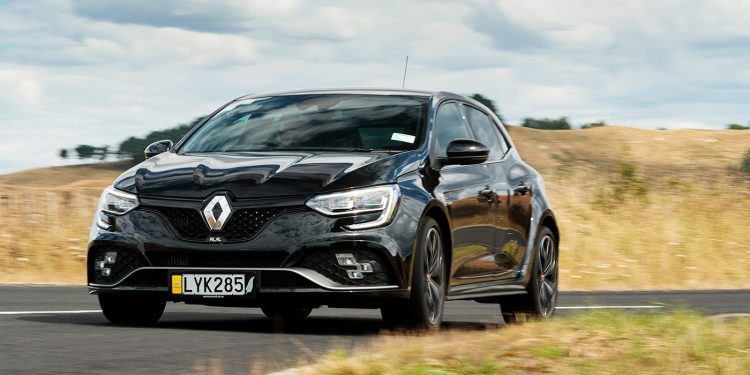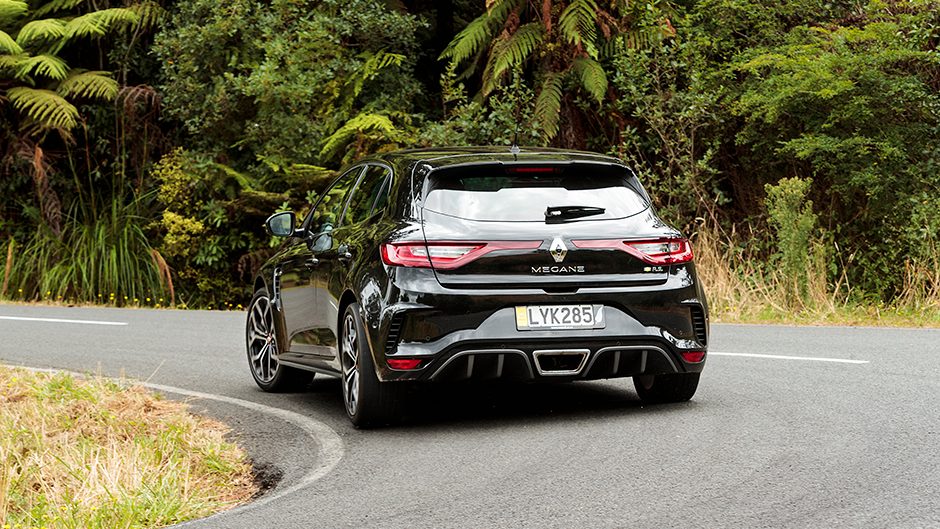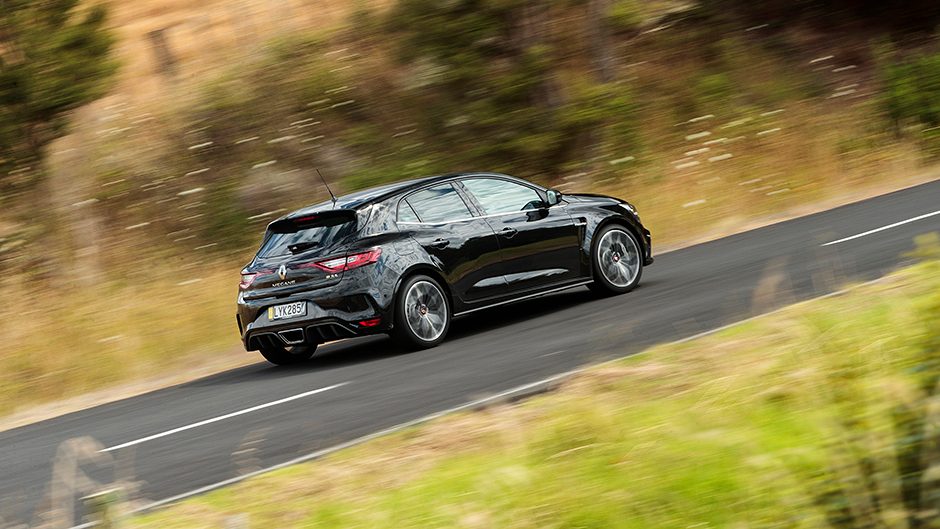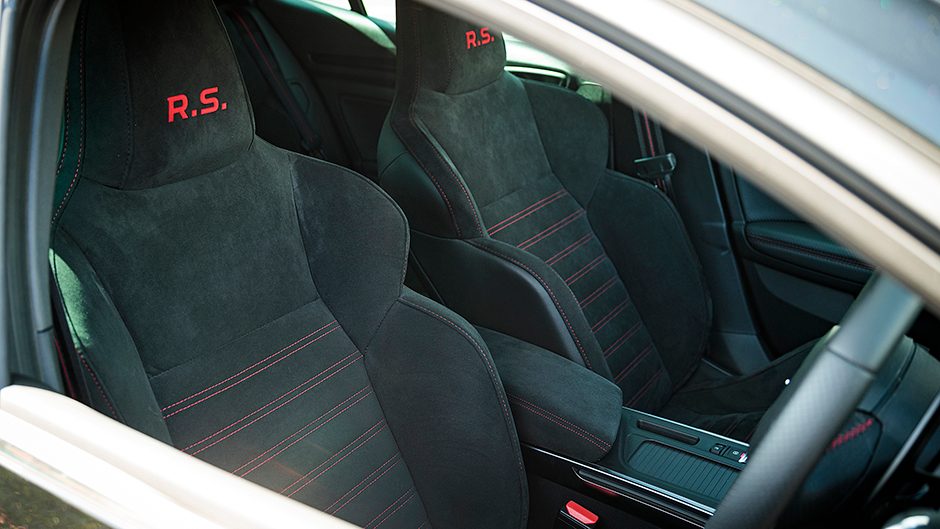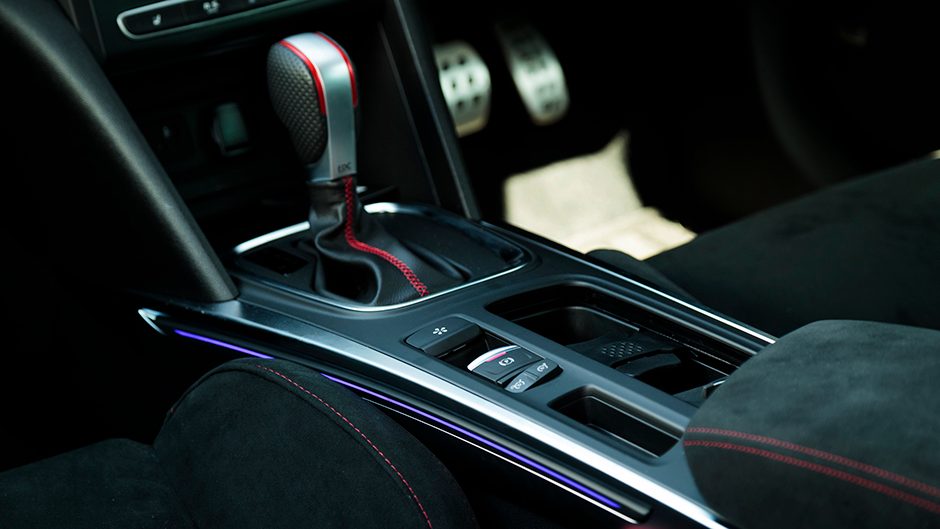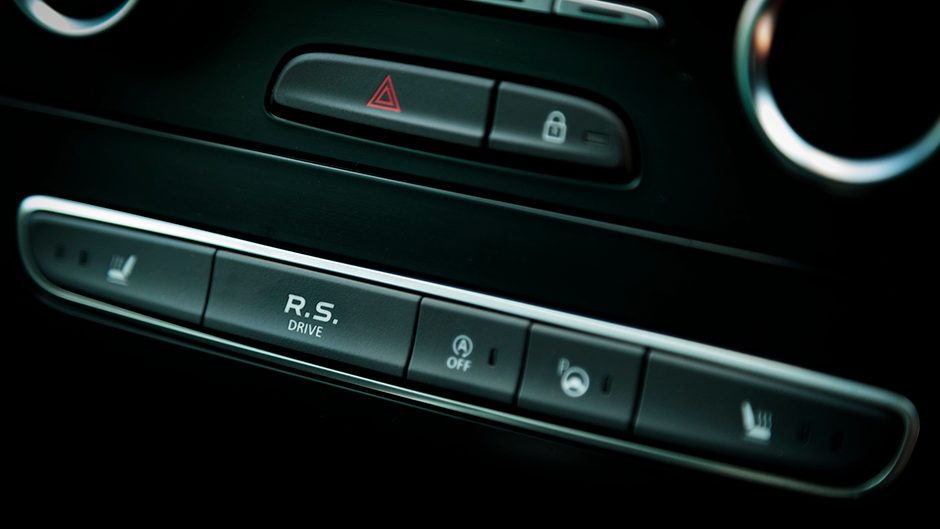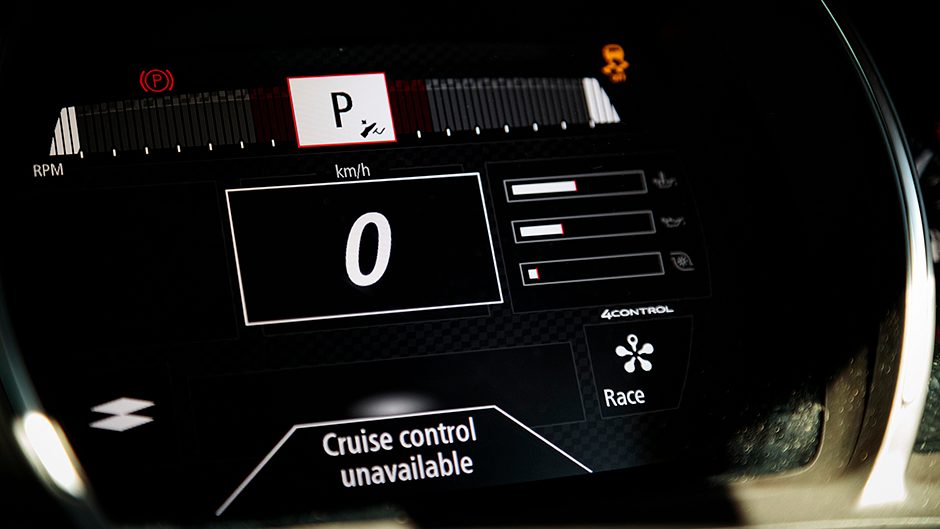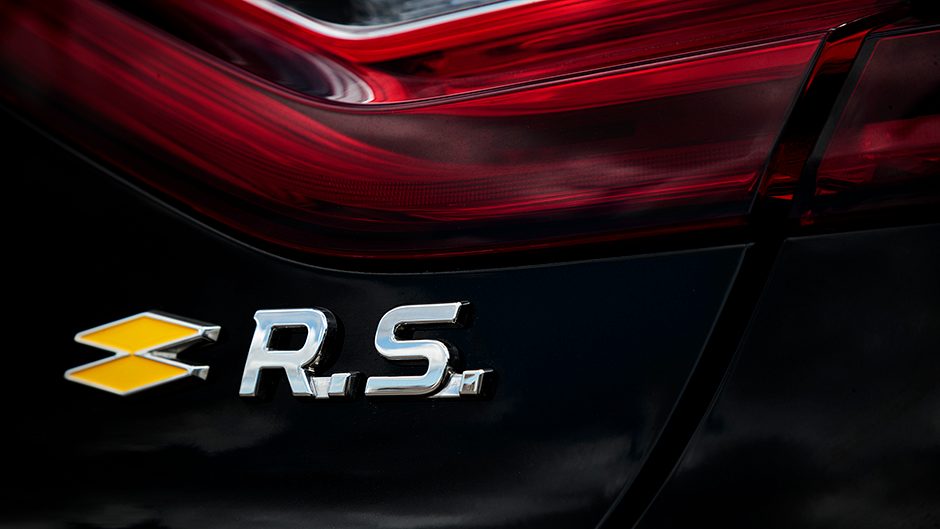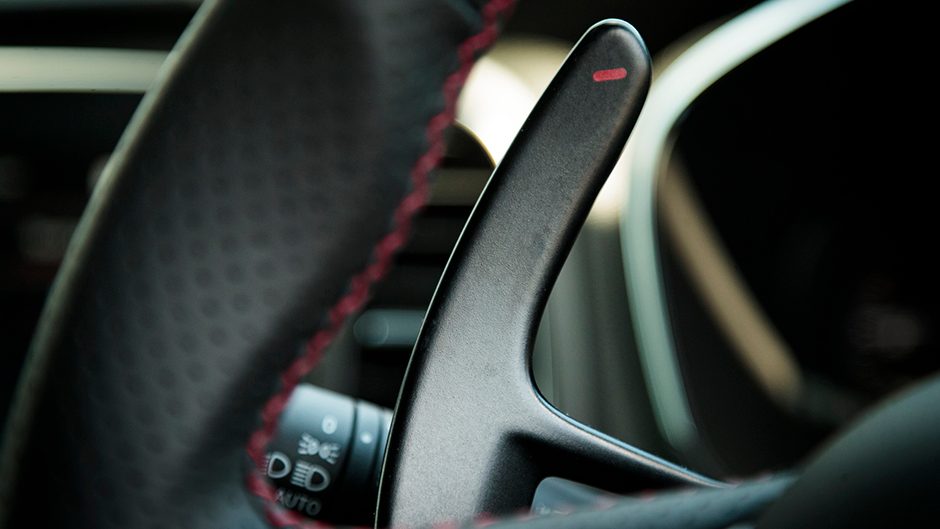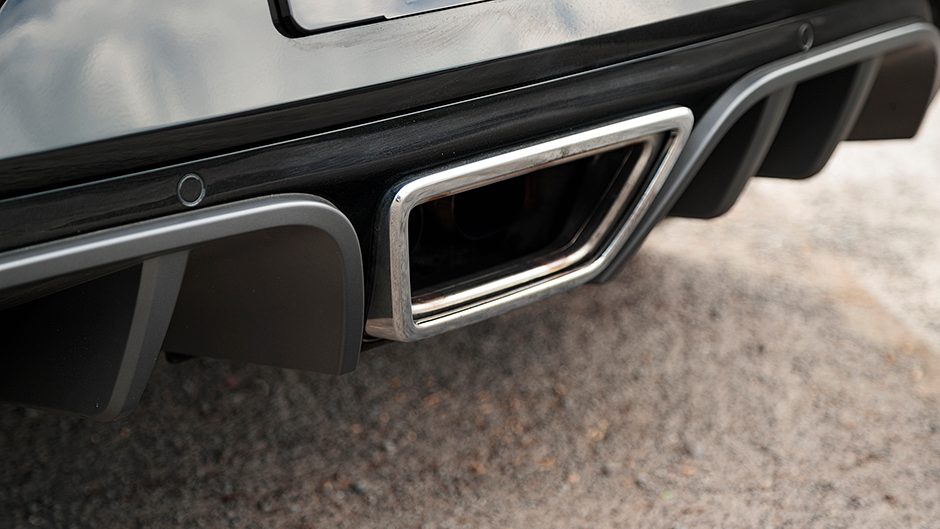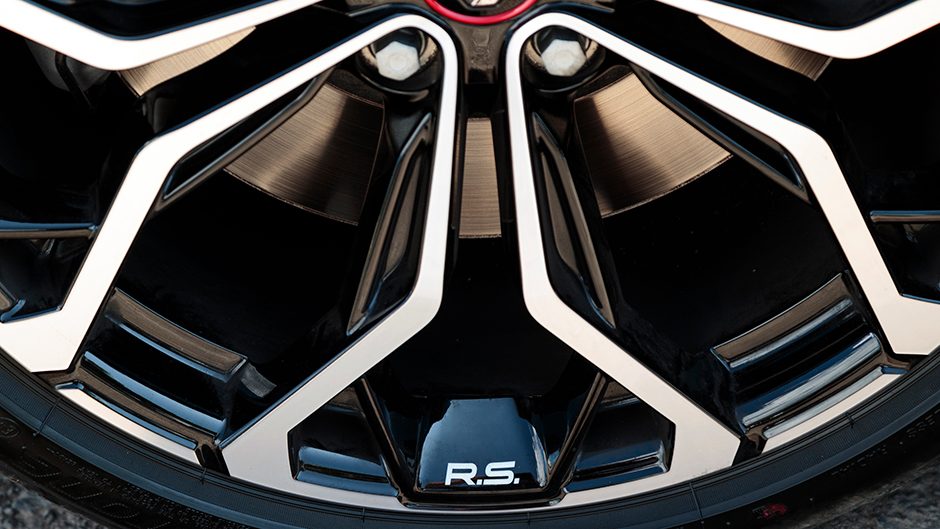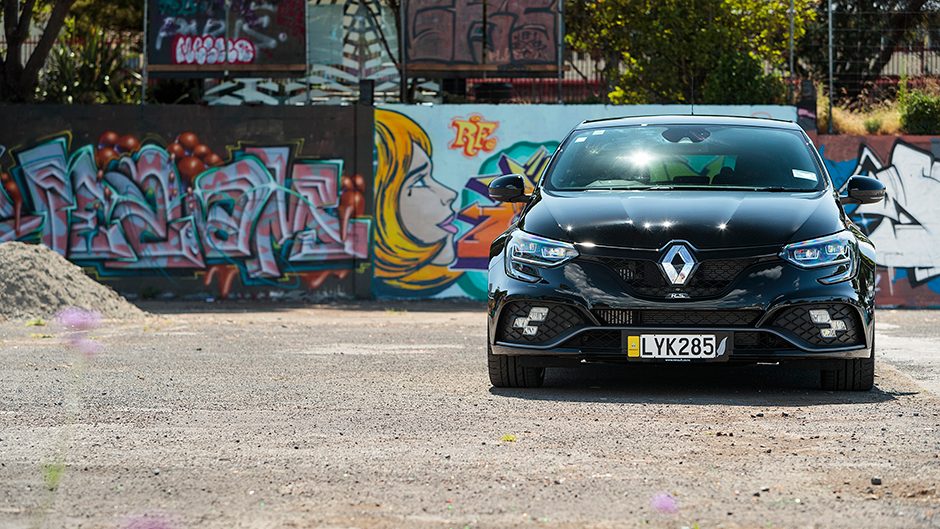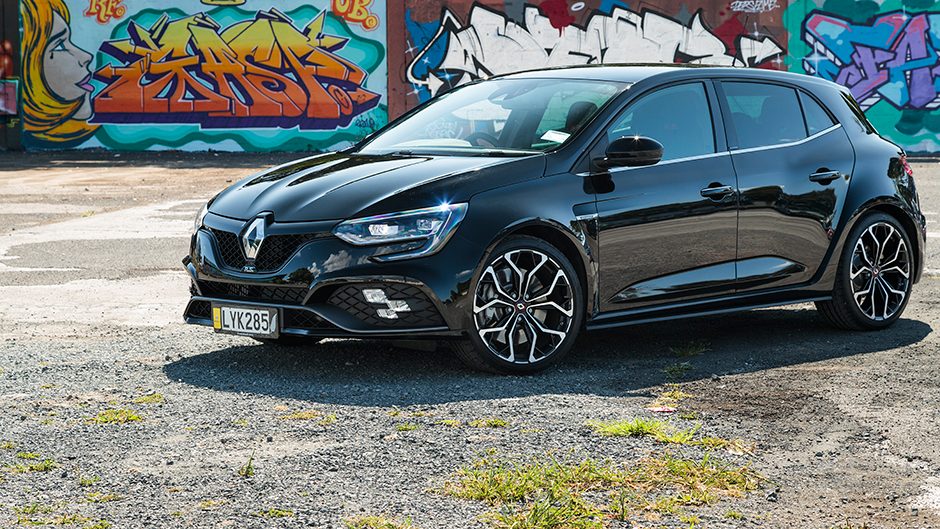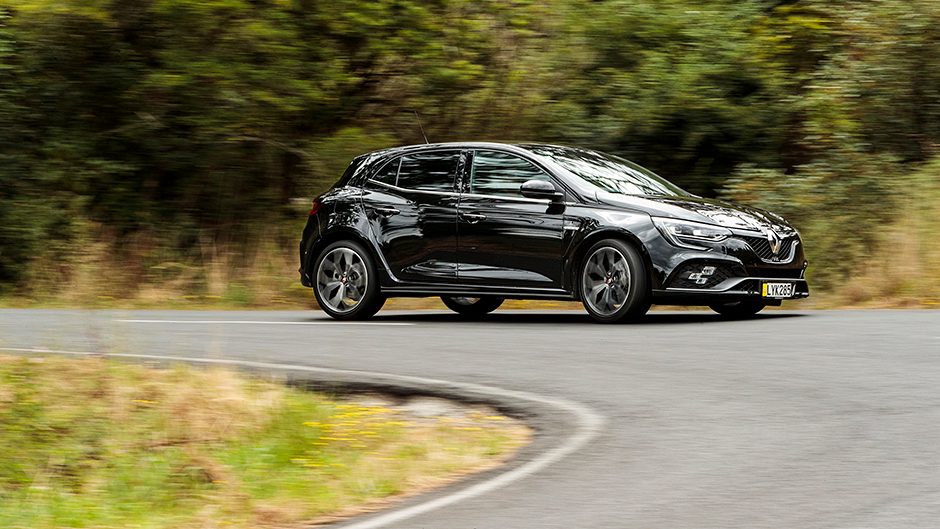2019 Renault Megane RS 280 review
Words Kyle Cassidy | Photos Tom Gasnier
Renault’s Megane RS has always been a fave around here for its entertaining handling. It returns anew, but this time brings with it a more practical five-door layout and the option of an auto. But does this mean it’s gone soft?
Renault has a fine tradition of trotting out fast and fun hatches. This dates back decades, but it’s been ages since we last drove a Megane RS. It was our Performance Car of the Year back in 2011 when it was known as the RS 250. There have been other versions since, but all have been three-door manuals aimed squarely at enthusiasts.
Now a new one has just landed, one with a broader appeal thanks to a five-door configuration and the option of a two-pedal gearbox. So you’re thinking they’ve toned it down right? Wrong, this is still Megane RS at heart, but one with a broader range of talents.
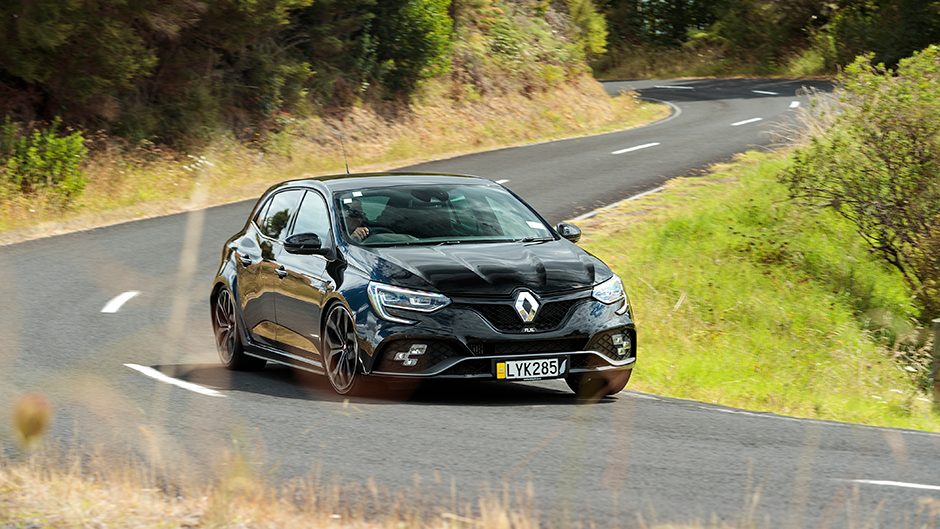
First the practical bits
While it’s now a five-door, it’s a good looking one, sporty but not too racy. It’s pumped out, the flared arches see it measuring up 60mm wider at the front than a Megane GT, and 45mm on the rear. The distinctive front end is marked out by the ‘R.S. Vision’ LED cluster, with its chequered flag design which includes the fog lamps, active cornering lights and the high beams. RS rides low with the standard 19s filling the arches sweetly, the sculptured sills grounding the look further.
The only minor inconvenience is the low lying front bumper which requires a cautious approach to driveways. While the rear spoiler is tame in size (to reduce drag) the under bumper diffuser isn’t, and nor is the central exhaust outlet. Inside there’s an RS specific interior. The sport seats look racy but the bolsters aren’t the punishing type, while the support/comfort balance is struck nicely. Alcantara trim is a bit special, but costs extra. There’s the usual alloy bits here and there, and a cut off wheel.
The build is good, no bits rattling and the surfaces are sound too. The only mild annoyance is the hard edge of the console that rubs against your left leg. There’s enough in-cabin storage, save for the glovebox, filled as it is with the fuse box. We managed to squeeze our three kids in their car seats across the back, while the boot is a decent size and well shaped. There’s AEB on guard, lane departure warning and blind spot monitoring, along with a rear view camera and a parking assist feature. But then it’s easy enough to park with a quick steering rack and a good turning circle. Even the sporty ride is tolerable day to day. Also included is active cruise, but it only works above 50km/h and therefore won’t bring you to a stop.
There’s a proximity key, though its design isn’t that smart being large with no way to attach it to a fob. The infotainment has a big screen, and while it can be a tad slow to react and requires a little familiarity, it has all the features you need, including CarPlay and Android.
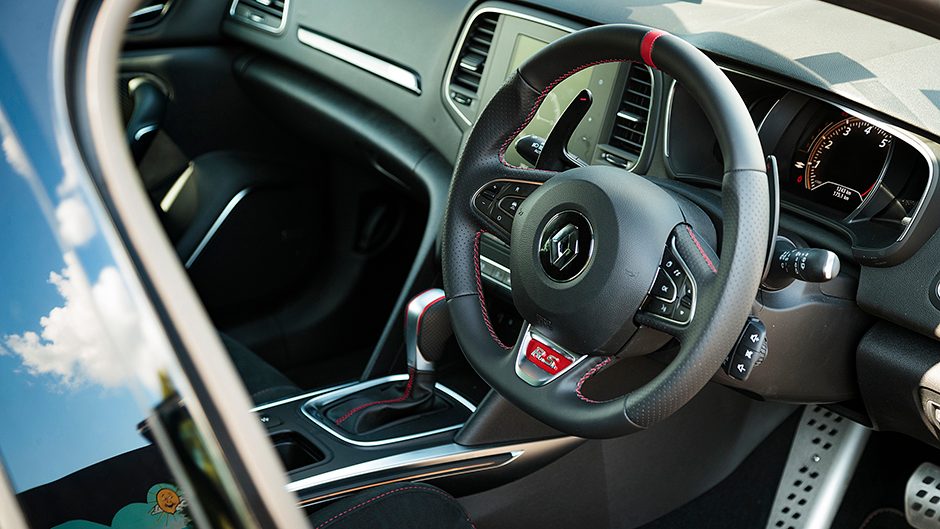
The power of four
The RS deploys a new 1.8-litre direct-injection four-pot turbo with 205kW complemented by a stout 390Nm of pull from 2400 through to 4800rpm. There’s a special head design to improve cooling around the top of the combustion chambers, and it uses a twin-scroll turbo. Internal surfaces have friction-reducing treatments to help it spin.
It has two inlets to fulfil its need for air and a larger air box. Unique for a hot hatch, the RS boasts four-wheel steer. At lower speeds the rears turn in the opposite direction (up to 2.7 degrees) to the fronts to improve agility and steering response while at higher velocity, they move in the same direction by one degree to enhance stability. In Normal and Sport modes, the switch-over speed is 60km/h, but in Race it’s 100km/h. Included at all four corners are new dampers complete with hydraulic compression stops.
Before the shock reaches the end of its travel, there’s a secondary piston to ramp up the damping forces and soak up the big bumps for both a better ride and improved wheel control. The front end benefits from Renault’s independent steering-axis struts, the drive shaft going through the strut rather than being connected to the bottom of it, helping minimise the effects of torque steer. There are two chassis set-ups to choose from, Sport and Cup.
The Sport they say is tuned for fast road use, the Cup for track day tragics, with 10 per cent firmer springs, shockers, and bushings, and sturdier roll bars. Where the Sport relies on tricky traction control to calm the front wheels under duress, the Cup gets a proper Torsen LSD, and the brakes adopt an alloy hub to reduce weight (1.8kg a corner) and dissipate heat better. Both set-ups use 355mm iron rotors and Brembo calipers.
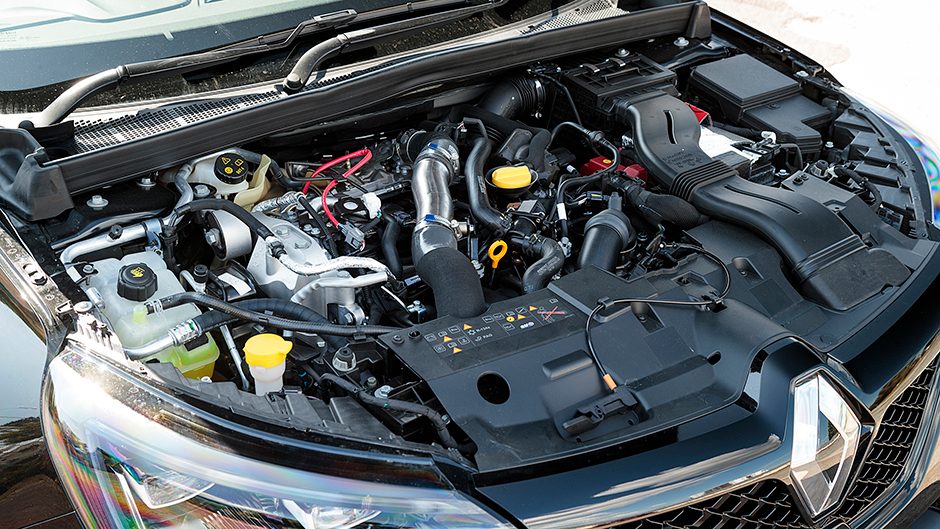
Dual clutch done right
While a six-speed manual is still offered, the addition of a dual-clutch auto option will see this RS appeal to more buyers. And the ‘box is a good one too. In commuter mode, it’s fast on the take up, has no problems with tricky inclines and shifts quickly and smoothly through the ratios to ration gas.
Expect the RS to return around 9L/100km running around town (and about double that if really worked), where the power delivery in the Neutral (or Comfort) drive mode is sufficient that you don’t often go for the Sport mode in traffic. The idle-stop function takes a moment longer than ideal to refire, but it’s quickly defeated.
With that out of the way, the engine delivers smartly. While the full torque tally isn’t registered until 2400rpm, the pull ramps up quickly and it feels ‘rather brisk’ using just the first 3500rpm. But it also has a rev happy character, spinning meaningfully to just past 6800rpm, sounding good on the way. It’s true potential is uncorked in the Sport and Race modes.
Renault claims a 0-100km/h sprint time of 5.8sec, quick for a front driver, often the hardest of all vehicles to performance test. The ‘box has a launch control function which is easy enough to set up; select Sport, foot on brake, pull both paddles, floor throttle and go. This produces two short black lines on the road before you’re best to abandon the attempt.
But by giving it half the throttle, releasing the brake and then flooring it, you get the turbo online earlier and you also give the treads a chance to bite better. Then this runs quickly to 100, line ball with the Civic Type R thanks to the rapid upshifts. It’s not quite as quick 80-120, but then it’s down on outright power. Still this has more than enough pace, and it’s more about entertaining through the bends than tearing down straights.
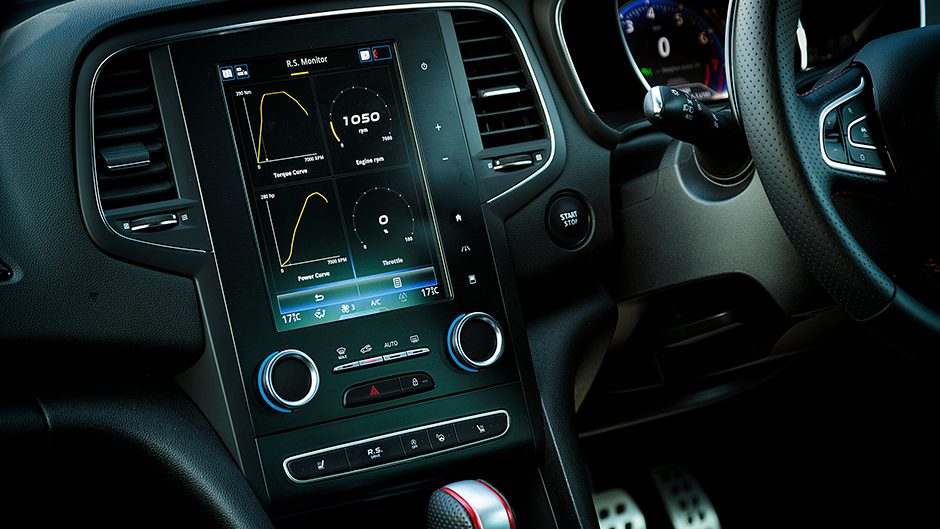
Dancing through bends
While Sport mode tickles everything along, Race mode really ramps it up, but also cans the ESP. Delving into the Perso (Individual) setting, you can set the four-wheel steering, throttle, exhaust sound and powertrain to their raciest settings while leaving the ESP in Sport mode. Here the throttle is quickened, the engine note raspier, and the pops on overrun even more pronounced while the twin-clutch rips through the changes.
The auto programming isn’t quite perfect, being reluctant to change down when you’re hauling things up for a corner, but there’s a manual mode. The sawn off paddles are mounted to the column however, making them hard to find if you have some steering on and you can end up pawing the awkwardly placed audio controls. Get your braking and gear changes done before the turn, and the auto will pull off rapid changes, dropping multiple cogs if you hold the down shift paddle, choosing the lowest gear possible.
With Potenzas in charge at each corner, this has plenty of stick but also a good deal of roar on coarse chip. There’s minimal torque steer, and the traction when powering out of bends is sorted, though it will follow the contours of the road at times. The ride has a sporting bent but isn’t harsh thanks to those dampers. Hit the big bumps and the expectant suspension thump doesn’t materialise, the RS’s shockers soaking up the punishment and it stays locked on line (they also take the sting out of speed bumps in town).
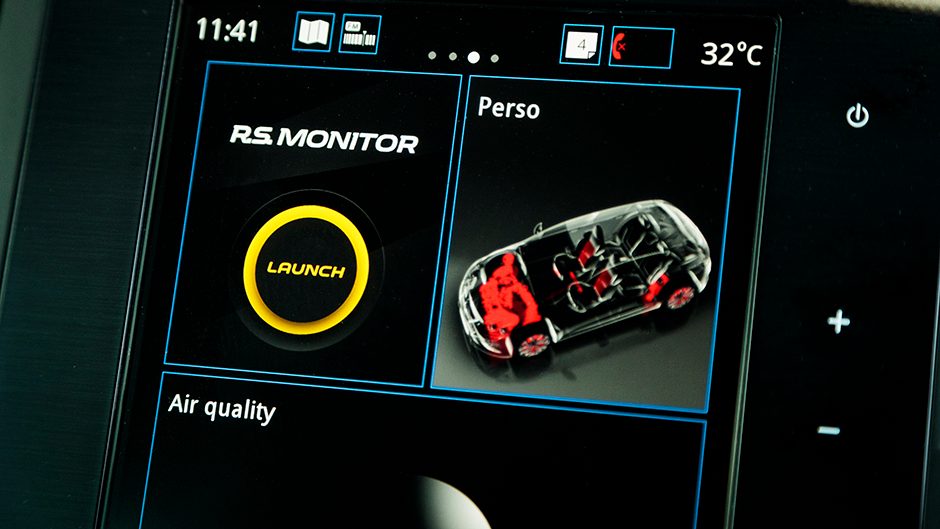
So you get the controlled, level handling you expect of a hot hatch but no unruly behaviour over the bumps. This still runs a torsion beam but where the old one was inclined to wander at the rear, this is far more compliant and stable. Couple this with the rear-wheel steering, and the RS really does dance through bends.
The steering itself is quick, well assisted with sufficient feel for the action, and with the rear end helping out, the RS slices up corners. The turn-in is quick, it takes a few bends to warm to the astuteness of its action but once you’re tuned in, this is a fine cornering tool. In the trickier turns you genuinely feel the rear end helping out, pushing it around while lending a lively character to the chassis. And around more open bends when you’re going faster than you probably should, this feels utterly stable as the rears work to steady the ship.
Rounding off the package, the brakes are solid performers too. They seem overly sensitive at first but, like the steering, you warm to their immediate response.
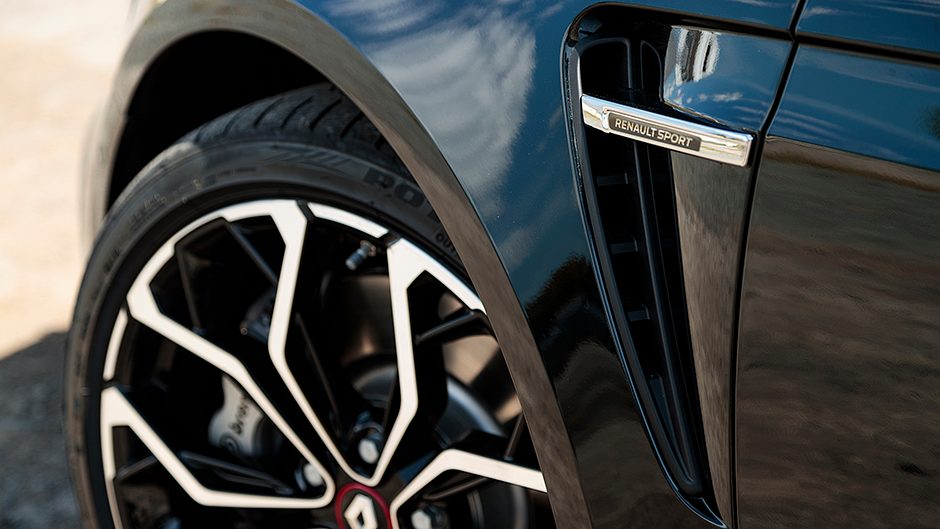
Priced right too
This all around fine effort from Renault doesn’t come lumbered with an over the top price tag, starting at a tick under $60k for the manual and $62,990 for the auto. That’s slightly more expensive than the main front-drive rivals like the Type R and i30 N, though those are manual only, while the evergreen Golf GTI is a shade under $60k, but also shaded for performance by the RS.
So which is king of the hill? We might have to gather a few of the contenders together soon to find out.
| Model | Renault Megane R.S. 280 | Price | $62,990 |
| Engine | 1798cc, IL4, T/DI, 205kW/390Nm | Drivetrain | 6-speed twin-clutch, front-wheel drive |
| Fuel Use | 7.5L/100km | C02 Output | 169g/km |
| 0-100km/h | 5.60sec | Weight | 1447kg |


